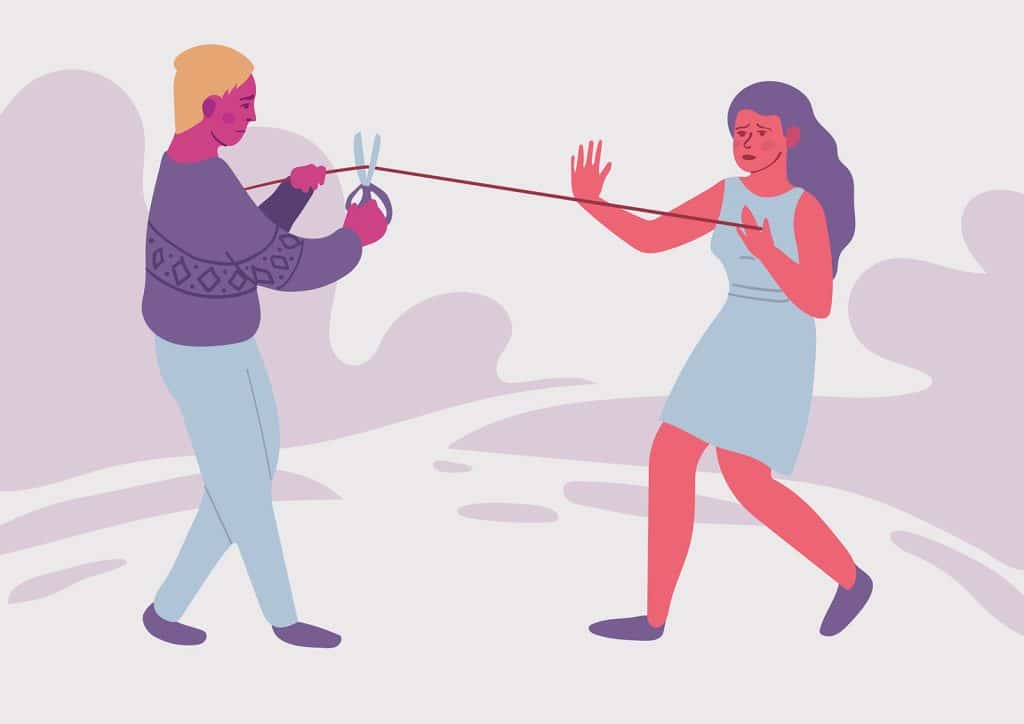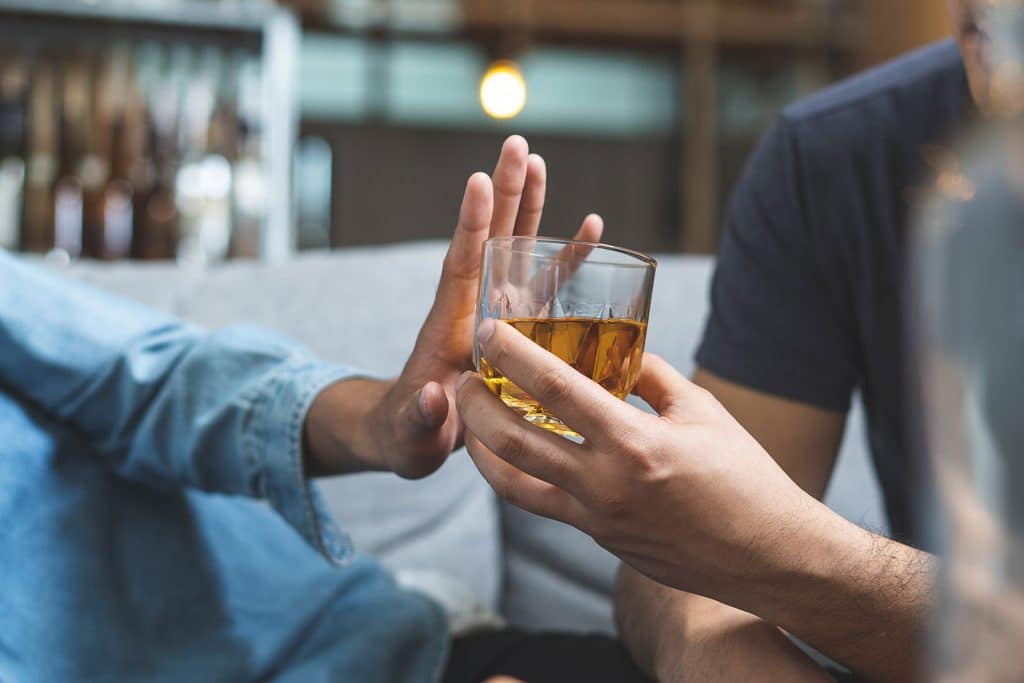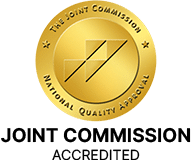In the United States, alcohol is the most abused substance. Thus alcoholism is prevalent and plenty of people fall into alcohol codependency. This means they can’t function without drinking alcohol. Then alcoholism and codependency go together, then this is a problem that needs to be solved immediately. If you recognize any signs of alcoholism and codependency in yourself or a loved one, you should take a closer look and seek help.
Table of Contents
Codependency and Alcohol
Alcoholism means addiction to consume alcohol. When a person can’t go by a day without drinking alcohol or spends the rest of the day thinking about drinking, that is considered alcohol dependency.
How about codependency? What does it mean? A codependent person has an excessive psychological or emotional reliance on another person. Typically, a co-dependent person has low self-esteem, low self-worth, poor sense of self, and poor coping skills.

Having a codependent behavior coupled with alcohol use disorder or drug addiction is a bad combination. Addiction treatment may be delayed, and that’s why help should be sought immediately. If you recognize any signs of alcoholism and codependency in yourself or a loved one, you should look closely and consider solutions that are available like checking-in in at a treatment center.
Codependency and alcohol addiction can seem complex, and they often are, as they tend to happen over the years. Here is a guide on how codependency can be toxic, especially when it is intertwined with alcoholism.
What Are Codependency and Enabling?
A codependent relationship is a relationship where one person eventually takes on a caretaking role while the other person takes advantage of that. In codependent relationships, one partner will have intense emotional and psychological needs; and the other tends to bend backward to meet those needs. This unhealthy relationship is never good for the addicted person.
This creates a power imbalance and a dysfunctional relationship. Unfortunately, codependency relationships are common where substance abuse and alcoholism are involved. One partner becomes the stable one and, eventually, becomes the caretaker of the alcoholic.
Although it may seem like a stable partner is okay, the reality is that this kind of relationship is toxic for both parties. The stable partner continues to give almost unconditionally, and the other codependent partner continues to take. Often, the givers take on too much, discarding their own needs, including emotional needs or their own desires. And as with virtually every codependent relationship, the “giving” is never enough.
When partners continue to take, they eventually become enabled, and their caretakers become the enablers. Enablers allow the takers to continue with their toxic, unhealthy patterns by providing comfort. As long as those who are taking remain comfortable, they will have no motivation to change.
When enablers continue to give in a relationship, it’s because they believe the taker will change. However, in this type of relationship, that is rarely the case. You can’t change people if they are unwilling or unable to make changes in their own lives. In addition, it’s too draining and self-destructive to continue to give endlessly.
What Is an Enabler in a Codependent Relationship?
Sometimes, it may seem like one partner is helping the other by continuously giving or making the other person feel comfortable. Unfortunately, enabling an alcoholic isn’t helping that person at all. What an enabler does is allow the alcoholic to continue with their unhealthy behaviors without any repercussions.
The enabler even allows the destructive behavior to continue. Some enablers aren’t even aware that they are enabling their loved ones. They prefer to think of themselves as a shoulder to lean on without judgment. That may have been their initial intention. After all, the desire to help emanated from love and a need to “save” the other person.
However, by enabling loved ones to continue with their alcohol abuse, they are delaying a solution. Not only do enablers reduce the chances of their loved ones recovering, but they also wear themselves out by shouldering the weight of the burden.
Signs of Codependency
Codependent relationships do not always have to revolve around alcohol addiction. There are different types of codependent relationships and different signs. Here are some signs of codependency to look out for.
Taking on More Responsibility
When one partner takes on more responsibility because the other partner can’t handle those responsibilities, this is often one of the first signs of codependency. One partner remains dependable, while the other continues to shirk his or her responsibilities. At some point, the added responsibility will start to feel like a sacrifice, and that sacrifice will start to eat into the enabler’s own needs.
You Make the Other Person Comfortable Instead of Pushing for a Change
Codependent relationships aren’t just in couples. Parents and their children can have a codependent relationship, too. If children have substance use disorders and they return to live at home, their parents may feel obliged to take care of them. Instead of pushing for rehabilitation treatment, parents may just continue to let their children drink.
Parents think that it’s safer for their children to drink at home rather than at bars or out on the street. This doesn’t help either the parents or the child. Alcoholics will never seek help as long as they’re comfortable, and the parents will feel imposed on them, eventually becoming resentful. When a person’s life cycles around alcohol, a treatment plan is a must. Not doing anything to seek treatment is being an enabler.
The Blame Game
Often, the partner with an alcoholism issue or substance use disorder will blame the other partner. “It’s your fault I’m like this.” Or sometimes, the blame becomes, “If you were not like this, I wouldn’t drink as much,” or even, “If you do this, I’ll stop drinking.” This is a deflection of responsibility.
In a codependent relationship, one partner will accept the blame in order to avoid a disagreement, and the other partner will continue to blame and deflect responsibility. By allowing this toxic behavior to continue, enablers prevent their partners from taking responsibility for their addiction.
How Codependency Starts
Codependency often seems harmless in the beginning. It may start as one partner shouldering the responsibility once or twice when the other partner is at a low point. Or it may simply be a child moving back home temporarily to overcome an addiction. In other cases, one partner may be too “nice,” refusing to say no and refusing to set boundaries.
Once enablers don’t speak up about their discomfort, then codependency starts. If the situation continues and there is no discussion, the roles start solidifying. Denial of the problem is another way a codependent relationship can start.
Something must be said when there is an apparent problem where one partner is continuously giving and the other partner is continuously taking. If both parties sweep this issue under the rug, the problem worsens, and the codependency continues. How can the addicted person develop healthy coping mechanisms if the codependency continues?
Codependent relationships may also start with one partner seeking out an enabler. In this case, codependency is established from the very beginning of the relationship. Partners who are enablers may seek out people who they can “rescue.” On the other hand, partners who have deep-seated emotional and psychological issues may seek out partners to take care of them.

How Codependency Impacts Relationships
Unfortunately, codependency can be dangerous for both partners. For one thing, the trust is eroded. The giver continues to believe that the taker will change. Over the years, when there is no change, the giver loses faith.
Depression can also set in for those who continue to give. As the relationship continues without a change, the eventual toll it will take on the giver can be huge. Not only can givers suffer depression, but they end up neglecting their own health.
Moreover, they can no longer keep up with responsibilities outside of the codependent relationship. In a codependent relationship, the enabler doesn’t know how to set boundaries. For the taker, the damage can be far worse. If one partner has an alcohol problem, there is no motivation to get help.
In the worst-case scenario, this can lead to severe alcohol poisoning and eventually death. Also, by continuously blaming others for their addiction, these individuals will never take responsibility for their own actions. When both parties are in denial, neither party can get help and free themselves from the toxic relationship.
Treatment
Getting treatment and overcoming a codependent relationship can be very difficult. However, it is possible. The first step is honesty. Both parties have to be honest about their role in the relationship. Enablers must admit to making the problem worse, and those with an addiction must admit that they need help.
Counseling, particularly Family Therapy, is another important step for those in a codependent relationship. Once both parties identify their role, each partner can get their needed help. Counseling with family members can continue together, and counseling can be separate as well. It is crucial, however, that enablers take care of their own mental health.
For the partner suffering from an addiction, taking responsibility is critical. Once users own up to their own addiction, they can then seek help for that addiction, whether it’s an in-patient or out-patient treatment.
Reach Out to Garden State Treatment Center Now
If you or someone you love is addicted to alcohol, Garden State Treatment Center can help. We offer alcoholism treatment, partial care, intensive outpatient programs, inpatient treatment, individual addiction counseling, support groups, and even couples therapy. Contact us to learn more about our services.
We are a treatment facility that offers a treatment program for codependency, alcoholism, and with co-occurring disorders with mental illness and other mental health disorders.
Published on: 2022-11-15
Updated on: 2025-06-05



